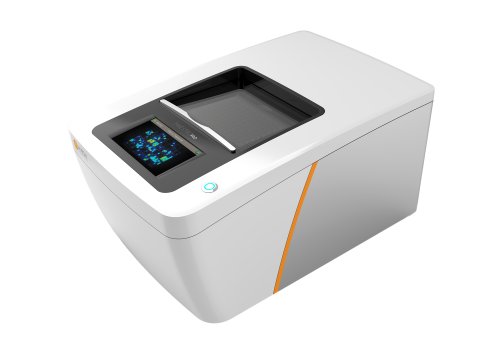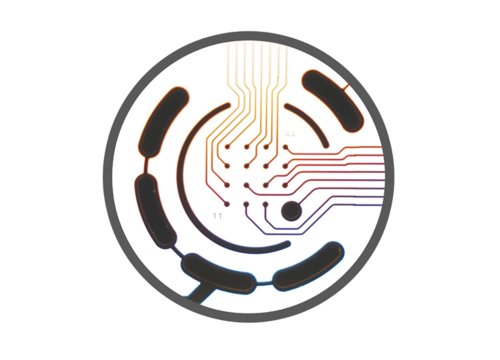Authors: Ropafadzo Mzezewa, Tanja Hyvärinen, Oskari Kulta, Andrey Vinogradov, Emma Pesu, Lotta Isosaari, Valtteri Vuolanto, Fikret Emre Kapucu, Jens Schuster, Niklas Dahl, and Susanna Narkilahti
Neuroscience Research, 19 September 2025
Researchers modeling Dravet syndrome with patient-derived neurons use Maestro MEA to shed light on the neural mechanisms underlying this severe pediatric epilepsy.
Dravet syndrome (DS) is a severe form of pediatric epilepsy caused by mutations in genes affecting inhibitory neuron function, but the precise network-level effects remain poorly understood. To explore these mechanisms, researchers in this study generated human iPSC-derived neuronal cultures carrying two distinct DS-associated gene variants and compared their behavior to healthy control lines.
Using Axion BioSystems’ Maestro multielectrode array (MEA) platform, the team recorded spontaneous neuronal activity and analyzed network burst patterns across both control and DS-derived GABAergic networks. The DS models displayed abnormal burst dynamics and disrupted network synchronization, reflecting the hyperexcitability that underlies seizure susceptibility.
Overall, this study highlights how patient-specific iPSC models, combined with high-throughput electrophysiology, can reveal functional consequences of epilepsy-linked mutations—advancing efforts to understand and potentially treat Dravet syndrome.


